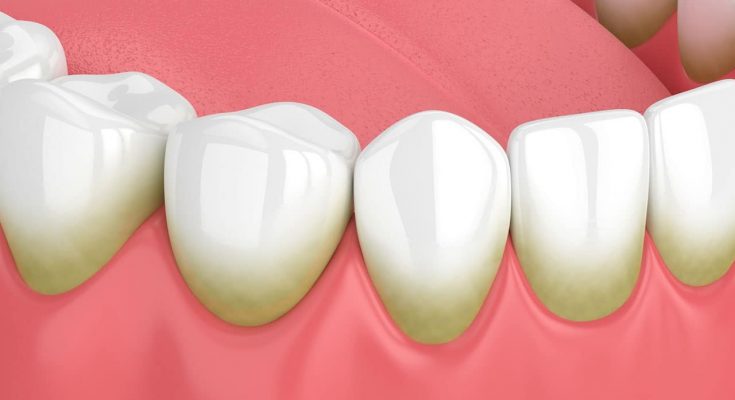There are many mouth conditions that can become really annoying and painful if you don’t pay much attention to your dental and mouth health. Now, one common condition is of tartar is something that results when plaque overstays. Once this condition begins building up, it can head to damaging consequences for your teeth like tooth decay. Hence, you should try to prevent the plaque build-up.
If you are wondering what really is it and how you can prevent it all then this post is going to prove be really helpful. Remember that this condition of plaque is also known as calculus , it is plaque that has calcified. When it is in that state, it is no longer possible for you to remove by yourself and even can gradually start spreading and even impacting negatively the neighbouring teeth. In case you have some sort of visible plaque on your teeth, it is simply for the reason that those areas were not really cleaned well when the build-up was still somewhat soft plaque.
The Consequences of Plaque Build-up
You know what, the build-up of plaque can lead to an array of undesirable consequences that include: aesthetic issues: plaque generally takes on the stain of the foods and even drinks you do consume. It can be really yellow, brown, or even green. The contrast against your beautiful tooth coating can make your smile look somewhat less than appealing. Unfortunately, no sum of brushing is going to remove it.
Halitosis
Bad breath bacteria most of the time accompany plaque build-up. Since the biofilm tend to cause gum disease, the foul odour of dying tissues can be really tough to fight off without the assistance of a dental professional.
Mobility of your tooth and loss
Plaque build-up under your gums triggers the tissue to detach from the surface of your tooth roots. Once this happens, the bone keeping your teeth in place even starts to shrink away. Gradually, you could even see receding gumlines, tooth mobility and even perhaps even lose the tooth in case you don’t have the infection treated swiftly enough. This stage of gum disease is even highly linked with major health issues , such as heart disease, even diabetes, infertility and even preeclampsia.
Removal of Plaque Build-up
Unfortunately plaque cannot be brushed or even flossed off of your teeth. The finest possible treatment for this condition is preventing it with regular brushing, flossing and even mouth rinsing. Only your dentist or even hygienist can eradicate the tartar build-up for you making use of special tools like ultrasonic cleaners that simply aid to gently lift away the calcified deposits in the absence of ruining the tooth.
Trying to force the plaque off on your own may actually trigger irreversible trauma to your gums and even tooth surfaces. Plaque is like an iceberg; when you see it build up on your teeth, there is likely a much huger amount under your gums that you cannot see. It’s this sort of sub-gingival (below your gum line) build-up that’s the riskiest to the health of your gums and even smile.
Even if you simply don’t see plaque build-up, it does not simply mean you don’t have any. It is quite common for plaque to form between your back teeth just under your gums. You won’t know it is there until your dentist simply takes X-rays or your hygienist feels it with a special sort of instrument during your overall dental cleaning.
Conclusion
To sum up, whether plaque or gingivitis or other mouth and gum infections; you should not take them lightly. You must look for the mouthwashes or other solutions for it. After all, it would not just make you less aesthetic but also create pain and teeth issues.




